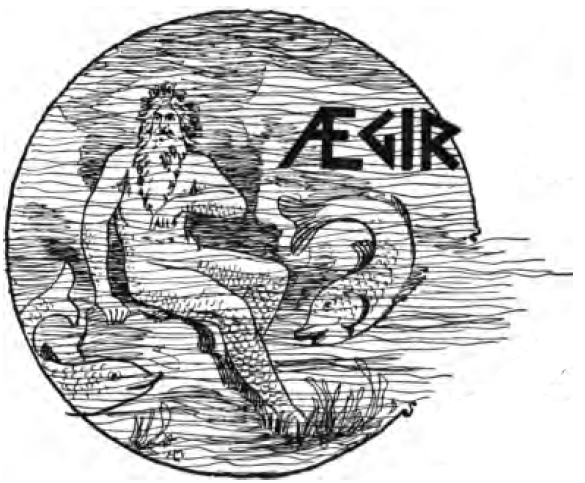Ægir
Aegir is a simple and generic webhook admission controller for Kubernetes.
It allows you to write custom rules for your cluster resources. If your rule is violated, Aegir will not allow the resource to be created and will display a message on the terminal, optionally it can send a notification in a Slack channel.
Aegir uses LIVR to validate the rules. Any LIVR rule is supported.
Example of rules:
rules:
- name: required_labels
# All Namespaces
namespace: "*"
resource_type: "Deployment"
rules_definitions:
- field: "metadata.labels"
livr_rule:
description: "Labels should have an app label"
rule:
# THE LAST FIELD SHOULD ALSO BE DECLARED HERE
labels:
# NOW THE RULE ITSELF
nested_object:
app: required
version:
- required
- positive_integer
- field: "spec.template.spec.containers.#.port.#.protocol"
livr_rule:
description: "Containers protocol should be http or https"
rule:
name:
one_of: ['https', 'http']
slack_notification_channel: "#some_team_channel"
# Another rule
- name: container_user_could_not_be_root
namespace: "*"
resource_type: "Deployment"
rules_definitions:
- field: "spec.template.spec.securityContext.runAsUser"
livr_rule:
description: "Only non-root users are allowed"
rule:
runAsUser:
number_between: [1, 1000]
slack_notification_channel: "#some_team_channel"Usage
A generic admission controller to validate Kubernetes resources using LIVR rules.
Usage:
aegir [command]
Available Commands:
help Help about any command
server Runs Aegir's admission controller.
Flags:
-h, --help help for aegir
--version version for aegir
Use "aegir [command] --help" for more information about a command.Running Aegir on your Kubernetes cluster
Create a Deployment and a Service
kubectl apply -f examples/aegir-deployment.yaml
kubectl apply -f examples/aegir-service.yamlTo make aegir be able validating cluster resources create a ValidatingWebhookConfiguration like this:
apiVersion: admissionregistration.k8s.io/v1beta1
kind: ValidatingWebhookConfiguration
metadata:
name: aegir-webhook
webhooks:
- name: aegir.example.svc
sideEffects: NoneOnDryRun
clientConfig:
service:
name: aegir
namespace: example
# This path should be /admission
path: "/admission"
caBundle: base64 encoded CA certificate
rules:
- apiGroups:
- apps
- extensions
apiVersions:
- v1
- v1beta1
operations:
- UPDATE
- CREATE
resources:
- deployments
- services
- ingressesImportant note
sideEffects should be set to NoneOnDryRun so Aegir can validate the rules when you run --server-dry-run with kubectl. This is useful
running CI/CD pipelines or trying to validate the configuration of the object before persisting it on ETCD
Skipping some namespaces
If you have defined a rule with * this rule will run against all namespaces. Sometimes is useful to skip some namespaces, like kube-system, istio-system and etc.
To do this you can set the environment variable SKIP_NAMESPACES=namespace1,namespace2,namespace3, and these namespaces will be skipped at rule evaluation.
TLS certificates
The Kubernetes API needs to trust the certificate to connect to Aegir's webhook.
Use the genkey.sh script to generate self-signed certificates, passing some directory and Commom Name as parameters.
$ ./genkey.sh dir/ foobar.comThis will create some certificate files inside directory dir.
Encode the file dir/ca.crt into base64
$ base64 dir/ca.crtUse the output to fill the field caBundle in the ValidationWebhookConfiguration
Use the files webhook-server-tls.crt and webhook-server-tls.key passing the flags:
aegir server \
--rules-file=rules.yaml \
--tls-cert-file=dir/webhook-server-tls.crt \
--tls-key-file=dir/webhook-server-tls.key
And that's it!
Limitations and Warnings
Aegir is pretty new and have some limitations for now:
- Can't validate if a field is part of a Kubernetes Object.
- There is no parsing or validation for the configuration file format.
- Only a few unit tests aiming the main part of the validation rules.
All this problems will be addressed in the future.
Aegir is under development, changes and improvements will come.
In the future Aegir should be converted into CRD's.
Feedbacks and PR's are welcome.

